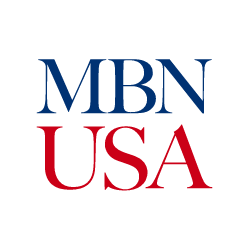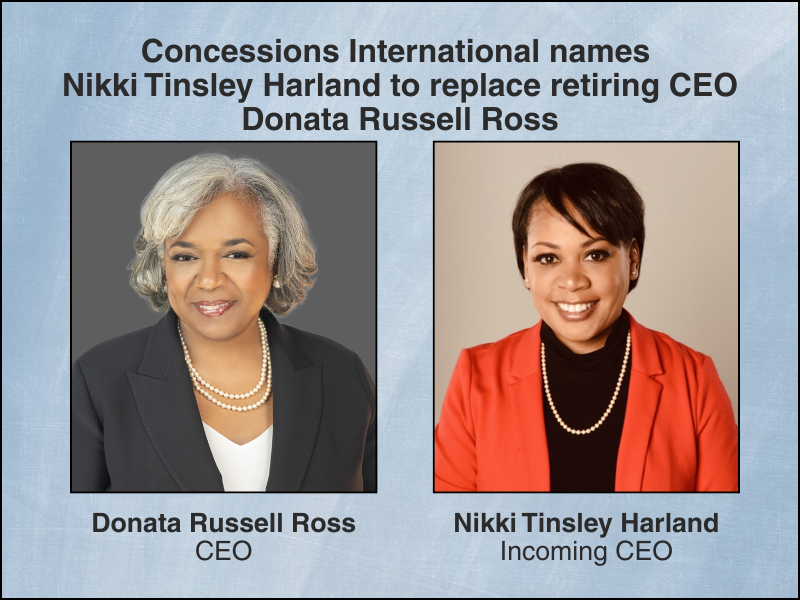By Stephanie Anderson Forest
John W. Rogers Jr. knows a thing or two about breaking barriers. In 1983, he launched Ariel Investments LLC, the country’s first minority-owned asset management firm. Since then, Rogers — with the help of his Co-CEO and President Mellody Hobson — has grown it into a global business with $15 billion in assets under management. Ariel Investments is based in Chicago with offices in New York City; Washington, D.C.; and Sydney, Australia.
Now, Ariel is forging a path into the private investment arena for the first time in the firm’s 38-year history. The new private asset management subsidiary is Ariel Alternatives LLC, and its co-founders are Hobson and Leslie A. Brun, a 40-year industry veteran. Rogers sits on the advisory board for the new entity.
Ariel Alternatives’ initial strategic initiative — Project Black — will scale sustainable, minority-owned businesses, simultaneously solving two critical factors: capital and customers.
Additionally, Ariel Alternatives plans to invest in middle-market companies that are not currently minority-owned, transforming these entities into certified minority business enterprises of scale and forging a new class of Black and Latinx entrepreneurs.
“These MBEs will seek to provide differentiated, high-quality products and services to Fortune 500 customers in some of the largest areas of corporate spend. This scale — which heretofore has been largely absent among minority-owned businesses — will enable these enterprises to compete on the same footing with Tier I suppliers,” Hobson said. “The key point here is that Project Black leverages existing corporate spends — what Fortune 500 companies are already doing — in a way that can help narrow the wealth gap in underrepresented communities. We are helping to nurture a virtuous circle of spend and build. By spending with firms owned and run by people of color, big business is able to simultaneously help foster and elevate our communities. This is a powerful dynamic.”
JPMorgan Chase & Co. has committed up to $200 million to be co-invested alongside Project Black for future transactions. This commitment is part of the multinational investment bank’s previously announced plan to invest $30 billion to advance racial equity. Over the next five years, it will seek to provide economic opportunities to Black and Latinx communities by:
Promoting and expanding affordable housing and homeownership.
Growing Black and Latinx-owned businesses.
Improving financial health and access to banking.
Investing in a more diverse and inclusive workforce.
“As part of our Path Forward commitment to advance racial equity, we are proud to invest in efforts that address the key drivers of the racial wealth divide,” said Brian Lamb, global head of diversity and inclusion at JPMorgan Chase. “By investing in middle-market Black- and Latinx-owned businesses, we seek to create new opportunities for Black and Latinx entrepreneurs to significantly scale their growth and drive change faster.”
Brun will serve as Ariel Alternatives’ chairman and CEO and will lead the Project Black team. He has more than four decades of expertise in investment banking, commercial banking and financial advisory services. He is also founder and former chairman and CEO of Hamilton Lane Inc., one of the largest global investment management companies providing private markets solutions with over $500 billion in assets under management and supervision. He is also non-executive chairman of CDK Global Inc., lead independent director at Broadridge Financial Solutions Inc. and member of the boards of directors of Merck & Co., Corning and Ariel Investments.
Hobson will continue in her current role as co-CEO and president of Ariel Investments. She is also chairman of the board of trustees of the Ariel Investment Trust, non-executive chair of Starbucks Corp. and a director of JPMorgan Chase.
Here, we touch base with Brun and Hobson for further insight on the groundbreaking Ariel Alternatives investment firm, why it is needed and expected outcomes.
How did the idea for forming Ariel Alternatives come about?
Brun: Through years of engaging with Fortune 500 companies with supplier diversity goals, we realized that the majority of minority-owned businesses don’t have the scale and capacity to serve as partners to these large corporations.
Why now? Racial and economic inequality in this country isn’t new.
Brun: While many C-suite executives have acknowledged the merits of having both an employee base — as well as a supply chain — that reflects our broader societal demographics, little tangible progress has been made to date.
There are 124,000 Black-owned employer companies in the country, representing only 2.2% of all employer businesses even though Blacks make up 14% of the U.S. population.
Moreover, according to National Minority Supplier Development Council Inc., Fortune 500 companies currently direct an average of 2%, or $125 billion, of their total spend to minority-owned businesses. And yet, their stated targets are 10% to 15% utilization of minority-owned vendors. With 95% of minority businesses having less than $5 million in revenue, few MBEs have the scale to accommodate this $1 trillion opportunity.
Hobson: Additionally, many Fortune 500 companies often seek more than one supplier — especially in critical areas. As such, our companies will offer vendor diversification from both a business risk perspective, as well as a more inclusive capital perspective.
What types of companies will you be considering for Project Black investments?
Hobson: The fix for today’s societal challenges is economic. Consequential Black and Latinx businesses need to be forged in America. To the extent we can grow these companies, more and more people will be able to participate in the economic prosperity of this country.
In the U.S., there are 200,000 middle-market businesses with revenues between $10 million and $1 billion. By some estimates, this middle-market segment represents one-third of the country’s gross domestic product. We will target these existing businesses — companies with the size to compete as Tier I suppliers. They will be transformed by operational excellence, financial resources and minority ownership and leadership — as well as a commitment to building exceptionally diverse workforces.
Brun: Project Black plans to invest in stand-alone companies and corporate divisions in the middle-market with $100 million to $1 billion in revenue.
Initially, the investment team will pursue six to 10 deal opportunities. Through a rigorous review and direct engagement, we researched the needs of Fortune 500 companies and will target investments in the following areas: health care, industrial, media and marketing, outsourcing, manufacturing and packaging, technology, transportation and logistics and financial and professional services. Through our ownership and ongoing counsel, we believe these companies can become scalable platforms with long-term growth potential.
What are some of the key steps that will be taken to help a minority-owned business scale and succeed after a Project Black investment?
Brun: Project Black plans to take a longer-term, highly involved approach to engaging with its companies which includes strong customer relationships. Project Black’s patient capital approach will align with Fortune 500 customers seeking strategic long-term supply chain relationships. Ariel Alternatives’ advisers, partners and investors will consistently offer business development opportunities.
Hobson: We will nurture and grow minority businesses in our own supply chain, while forging a new class of minority executives. By opening up leadership opportunities, we will help expand a pipeline of experienced and battle-tested entrepreneurs and business leaders who will gain access to other majority-owned companies and perhaps even start their own successful MBEs with our help and support.
Our ability to strategically locate our growing businesses in areas that would benefit from community development is another lever that enables us to effect change. While these ambitions are not new, they have not been done at scale by people of color, for people of color.
Herein lies a new narrative where we are not able to adequately characterize Project Black’s cultural impact. We have the ability to break today’s mental models which relegate minority-owned businesses to a second-tier status because they lack scale. Size matters. Just a handful of companies can shift this paradigm and lead to new possibilities for underrepresented communities.
Ours is a novel idea that has never been done before. We are attempting to magnify impact through financial success. Ariel’s 38-year history provides the foundation — the people, the relationships, the problem-solving skills and the passion — needed to urgently and patiently scale the opportunities that can change the business world.
What does the success of Project Black look like to you?
Brun: Project Black will seek to forge a new class of Black and brown entrepreneurs, as well as nurture and grow minority-owned businesses in the Fortune 500 supply chain.
This is not philanthropy; it is a compelling business opportunity that also enables Black and Latinx Americans to build wealth over time with compounding benefits to society at large.
Hobson: We believe our sizable MBEs will be able to generate approximately $8-10 billion in new diverse spend annually for our customers.
Over the next decade, we aim to create 100,000 new jobs in disproportionately underrepresented minority communities across six to 10 companies.
Project Black will pursue this strategy while its target industries seek to add jobs in cities needing revitalization.
Ours is a novel idea that has never been done before. We are attempting to magnify impact through financial success. Ariel’s 38-year history provides the foundation — the people, the relationships, the problem-solving skills and the passion — needed to urgently and patiently scale the opportunities that can change the business world.
With scale, Black and brown wealth will grow at every level — from entry-level to the C-suite.
###





